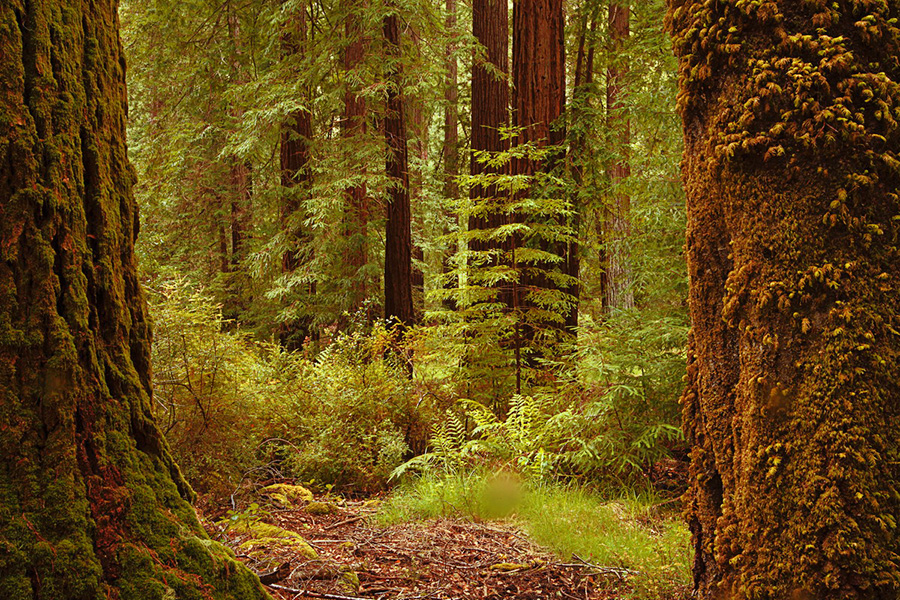According to Birdsall, Stephen S. "Chapter 4: Megalopolis." Regional Landscapes of the United States and Canada. 7th ed. Chichester: John Wiley & Sons, 2009. 64+. Print. "The primary theme of Megapolis is its urban-ness. In varying degrees, urban activities like municipal utilities, fire and police protection provide for the people who live there".
California itself is a big Megapolis, with each major city effecting smaller surrounding cities. For example, as Los Angeles grew, its growth promoted new areas of revenue within smaller surrounding cities. Big Sur however is relatively isolated compared to most cities within California. Located near Monterey and Carmel, Big Sur is a small "town" with its own volunteer Fire Department, 24 hour Sheriff, Highway Patrol, and Park Rangers. In addition, Big Sur has emergency medical support, cliff rescue, and a locally based ambulance service. Monterey is the closest major city to Big Sur and therefore, helps to provide services and support if needed. For example, when calling 911, your call will be routed through Monterey County dispatch center and directed to emergency services in Big Sur. This is because Monterey County houses the urban activities and resources needed for smaller surrounding "towns" and cities.

http://www.bigsurcalifornia.org/map.html
Changes in Population Redistribution
The history of development in Big Sur reflects the changing demands for use of the land. Subsistence ranching, logging of redwoods, harvesting tan bark and mining of limestone and gold provided a livelihood for early residents. While life was extremely rugged in these early years, there was a population of nearly 1,000 people by the 1880's largely supported by these basic industries. The mountain terrain, numerous deep canyons and lack of roads made travel difficult and slow. Most local products were shipped out by sea on the small coastal trading vessels that brought supplies to the isolated coast's residents. Palo Colorado Canyon, Notley's Landing, Bixby Creek, the Big Sur Valley and Partington Canyon were early centers of activity. Around the turn of the century, limited recreational use of the coast began to occur. The Big Sur Valley could be reached by stage from Monterey and camping in the redwood groves grew in popularity. Hunting and trout fishing were also popular and some local residents supplemented their income by guiding sportsmen from the cities.
The Big Sur Valley, Lucia and Gorda have significant residential use, although the primary functions of these areas are community service and commercial.
As a recreational area of regional, national and international importance, Big Sur attracts nearly 4.5 million visitors annually. The accessibility of Big Sur to several nearby population centers is a major factor contributing to its high visitation. The basic recreational resource of Big Sur is the visual beauty of its striking landforms and unspoiled landscape. The mountains, forests, creeks, rivers and ocean shoreline combine to offer diverse recreational opportunities. The artistic and rustic lifestyle for which Big Sur is known creates an attractive cultural setting that compliments the natural character of the area.
Recreational activity is concentrated along the coastal strip: on beaches, rocky shoreline, public parks, forest lands, campgrounds off Highway One and various visitor serving facilities.

Approximately 2/3 of the Big Sur coastal zone is in public ownership under the U.S. Forest Service, the State Department of Parks and Recreation, the U.S. Navy, the U.S. Coast Guard and the University of California. If public acquisitions now contemplated or in progress are completed, approximately 60% of the coast will be publicly owned. Some of the private lands have scenic easements or deed restrictions, which limit the level of development.
No comments:
Post a Comment